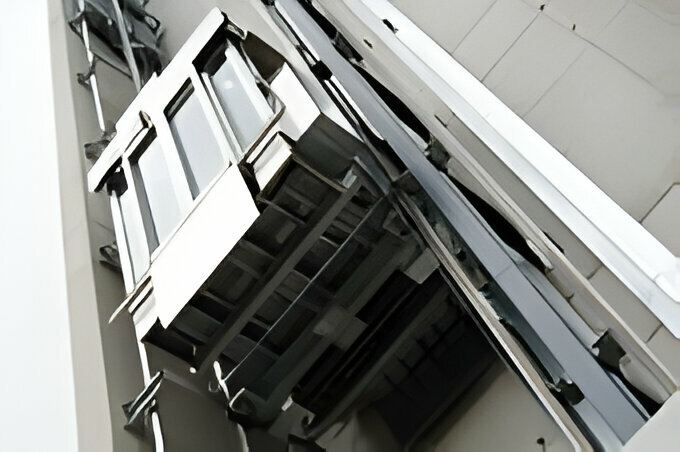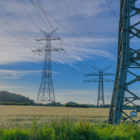Are you interested in learning about types of elevators? Undoubtedly, the elevator is an important part of modern technology that helps to move people vertically between floors of buildings. Modern elevators are widespread in their applications. They are divided into several major types that work on different principles.

Different Types of Elevators And Their Mechanism
Hydraulic Elevators
Hydraulic elevators, unlike conventional ones, are powered by pistons that leverage the force of gravity and push the cabin up from below. They, thus, run on Pascal’s principle, which suggests that when pressure is applied to a confined fluid, it is transmitted undiminished throughout the fluid. Liquid oil is used in the hydraulic elevator, where it is pumped into a piston standing underneath the elevator, which moves the platform with the cab on it upwardly. When this lower level is needed, the valves open up, and the oil flows out of the piston’s body so the platform falls using gravity.
Among the top different types of elevators, these elevators are more budget-friendly to install and maintain than the ones that depend on cables. Hence, they are slower than others and need to be energized enough to be used in buildings over 5-7 floors tall. In this case, air-conditioning units also have higher noise and vibration levels.
Traction Elevators
Traction elevators use cables and a balance to pull the elevator to the top and down. The counterweight moves from the bottom of the hoistway in sync with the cab moving in the opposite direction. This back-and-forth movement allows the cab to be much better balanced than a single-axle dump truck, thus greatly saving the energy needed to move the cab. An electric motor powers a wheeled drum that moves the cables.
Traction elevators are speedy and efficient, which makes them the favorite option in mid-rise and high-rise buildings. On the other hand, the noise of the motor and the sheave wheel of the elevator must be located in the machine room above the current elevator hoistway, so further building construction costs are required. Routine checks of the cables and the other moving parts are part of the maintenance system.
Machine Room-Less (MRL) Elevators
Machine Room-Less (MRL) elevators are a form of elevator design in which most of the elevator components, such as the motor, drive system, controllers, and other mechanical components, are located within the elevator’s hoistway instead of in the machine room. This can be done with a more space-efficient system that does not necessarily need to occupy a specific place in the building, and because of that, there will be no need to install separate machine rooms.
MRL lifts of this type rely on permanent magnet synchronous small and strong motors. Being quieter improves safety and reliability in rescuing elevators with internal machine rooms. In short, MRL lifts are a new, design-saving idea with many advantages over previous lift systems.
Conclusion
The evolution of elevator technology has led to the development of various types of elevators, each with its own unique mechanism and advantages. Hydraulic elevators, powered by pistons and Pascal’s principle, offer cost-effectiveness but are slower and more suitable for shorter buildings. Traction elevators, utilizing cables and counterweights, provide speed and efficiency, making them ideal for mid-rise and high-rise structures despite requiring additional construction costs. Meanwhile, Machine Room-Less (MRL) elevators represent a modern innovation, integrating components within the hoistway for space efficiency and improved safety.





